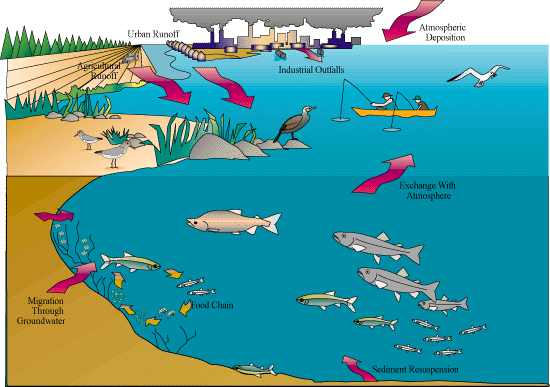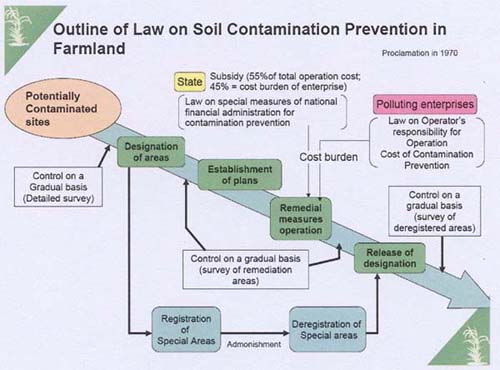

In the early stages of moist simulations, typical of the tropical depression stage, the regions of forced ascent and the mechanisms that cause them are similar to those in the dry runs. The results indicate that the pattern of convection in the storm's core is strongly influenced by vertical wind shear, and to comparable degree by boundary layer friction. The moist simulations are compared to the dry runs in order to test the hypothesis that the forced vertical circulation modes modulate the convection and hence latent heat release in the hurricane core, as well as to evaluate the net effect of the imposed environmental flow on the storm intensity and structure.


The moist simulations are initialized with the same initial conditions as the dry runs but with a cumulus parameterization and explicit moisture scheme activated. The dry simulations are designed to determine the patterns of forced ascent that occur as the vortex responds to imposed vertical wind shear and translational flow, and the mechanisms that modulate the vertical velocity field are explored. A series of dry and moist simulations is performed using the Pennsylvania State University-National Center for Atmospheric Research Mesoscale Model version 5 (MM5) with idealized initial conditions. Numerical simulations of tropical-cyclone-like vortices are performed to analyze the effects of unidirectional vertical wind shear and translational flow upon the organization of convection within a hurricane's core region and upon the intensity of the storm.


 0 kommentar(er)
0 kommentar(er)
